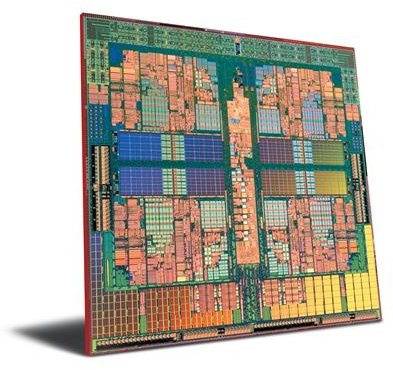

- #Which lightzone amd64 vs x86 64 Bit#
- #Which lightzone amd64 vs x86 software#
- #Which lightzone amd64 vs x86 Pc#
- #Which lightzone amd64 vs x86 mac#
#Which lightzone amd64 vs x86 software#
And because Metal is the API Apple's devices and software are optimized for, we don't normally use its OpenCL-based GPU test at all.īut since we're looking at a brand-new architecture on a minority platform, before its retail launch, we're very limited on shiny, pre-packaged benchmark suites. It can flatten most differences in CPUs, while occasionally and unpredictably magnifying others. Geekbench is not the entire picture, of course. Geekbench 5.3.0 is one happy exception to that rule, with a brand-new version running natively on Apple Silicon macOS and in the App Store already. Unfortunately, not all benchmark suites run on macOS, very few run on Apple Silicon, and very little along those lines runs on macOS 11 on Apple Silicon. It's very frustrating trying to get a direct performance comparison between the M1 and its x86-64 competition-in our device reviews, we normally lean pretty heavily on general-purpose, synthetic benchmark suites that run a wide array of tests against a platform and come up with a simple numeric score.
#Which lightzone amd64 vs x86 Pc#
The M1 is designed from the ground up to be powerful and rather compromise-free competition for traditional PC architecture.

But ARM has been coming for the desktop space as well, albeit more slowly-and mostly on the very low end, as we've seen in devices such as the Pinebook Pro.Īpple's new M1 system-on-a-chip (SoC) is decidedly not one of those low-performance, low-cost efforts. In these form factors, performance-and the ability to run a familiar operating system and software stack, with zero compromise-has been the most important criterion. From there, ARM began encroaching on the datacenter, and for the same reasons-even though individual ARM processors generally underperformed their x86 equivalents, they got the same amount of work done with lower power and cooling bills necessary.ĭesktop and traditional laptop PCs are something of a last bastion for the x86-64 architecture. That power efficiency advantage led ARM to an early and crushing victory in the ultramobile space-phones and tablets-where milliwatts saved matter more than raw performance.
#Which lightzone amd64 vs x86 mac#
In addition to the eight CPU cores, the version of the M1 in the Mac mini has eight GPU cores, with a total of 128 Execution Units. The idea is that user-focused foreground tasks, which demand low latency, will be run on the performance cores-but less latency-sensitive background tasks can run slower and lower on the four less-powerful but less power-consumptive efficiency cores. The M1's CPU is a 5nm octa-core big/little design, with four performance cores and four efficiency cores. Instead, we're going to take a closer look at the raw performance of the new M1 in comparison to more traditional x86 systems. This is not one of those reviews-though reviews are coming imminently for some of the new Macs.

And we've got traditional reviews of those devices and their ecosystems, for Apple fans and the Apple-curious. So my second question is before burning the WinPE CD does one need to copy winload.Further Reading macOS 11.0 Big Sur: The Ars Technica review Original story 9:00am EST: There's a lot of understandable excitement around Apple's ARM-powered devices right now. In searching the net, I see that the CD path for winload.exe is C:\windows\system32\boot\winload.exe and winload.exe needs to be in C:\Windows\system32\winload.exe My second question is I successfully made an image the other day and deployed it successfully but when I went to boot the newly deployed image from the hard drive I received a winload.exe failure.
#Which lightzone amd64 vs x86 64 Bit#
64 bit systems? (ie x86 = 32 bit OS and amd64 = 64 Bit OS) " only on systems that have amd64 processors and use the CD you made using copycmd.exe x86." on systems that don't have amd64 processors? Or is the difference in 32bit vs. Does this imply that you have to have 2 DIFFERENT WinPE CDs for computers that have and don't have amd64 processors? Thus, use the CD you used "copycmd.exe amd64. I have two questions, I understand that when you make your WinPE CD using WAIK to deploy a wim image you can use "copycmd.exe x86 \path" or "copycmd.exe amd64 \path".


 0 kommentar(er)
0 kommentar(er)
